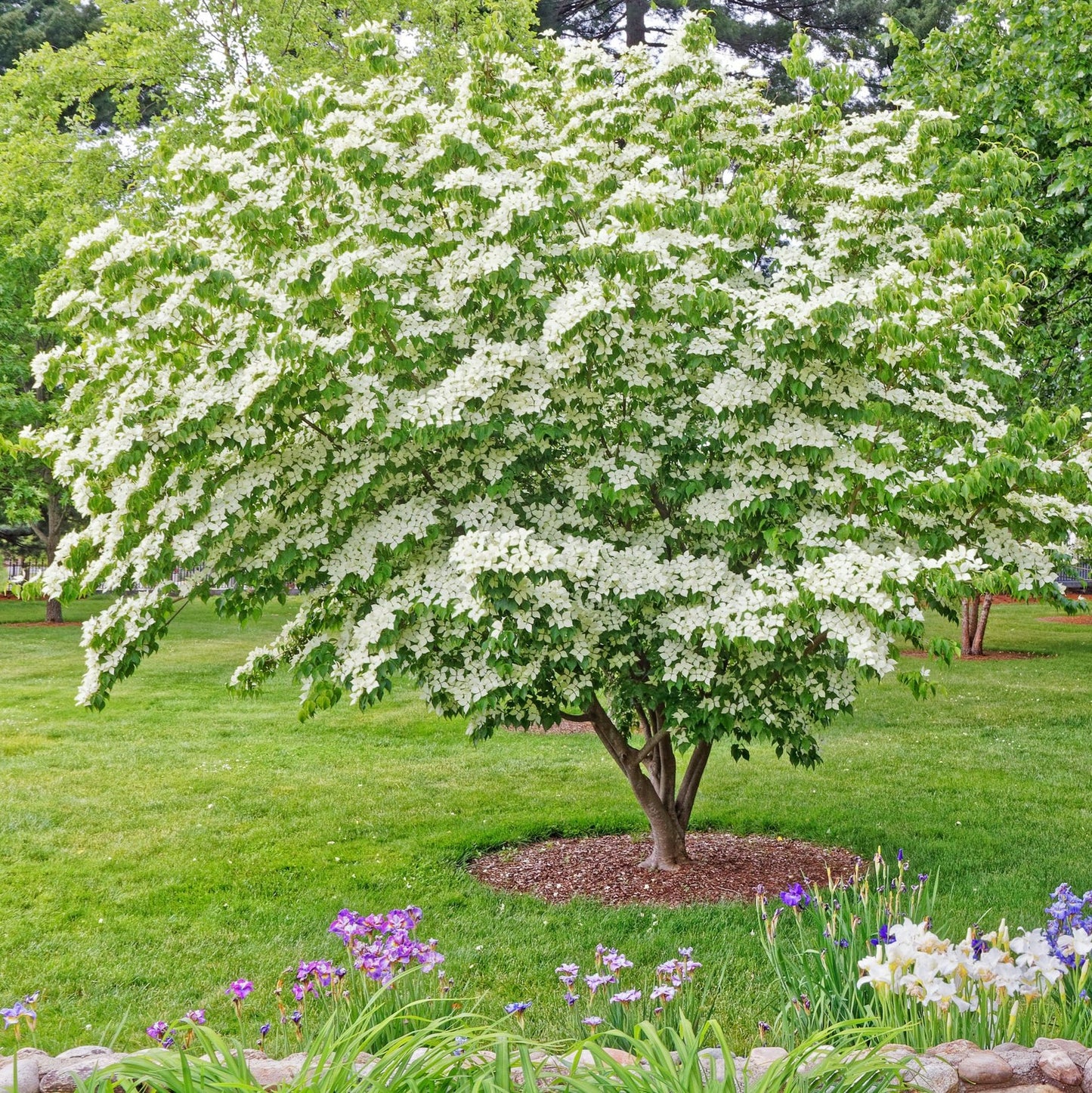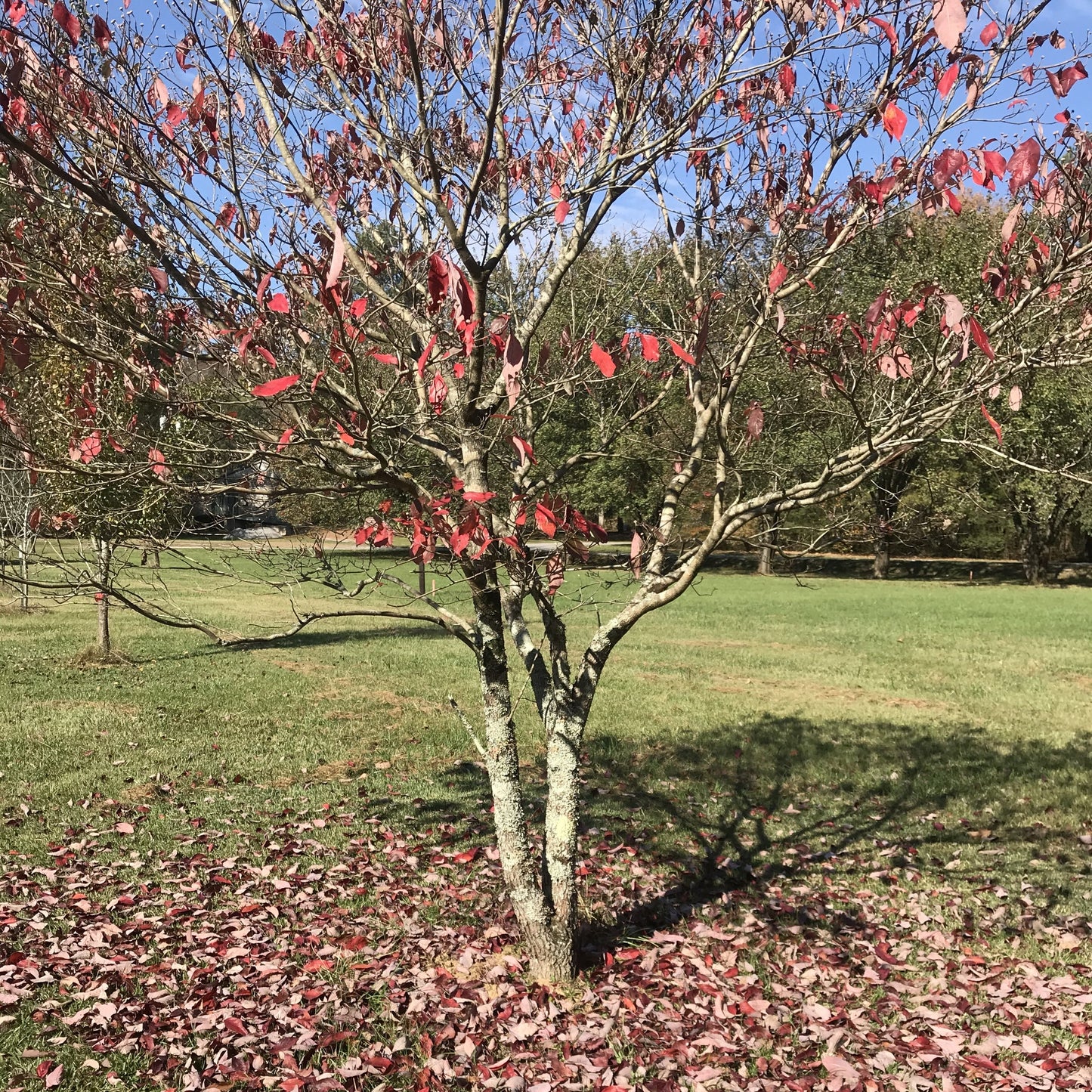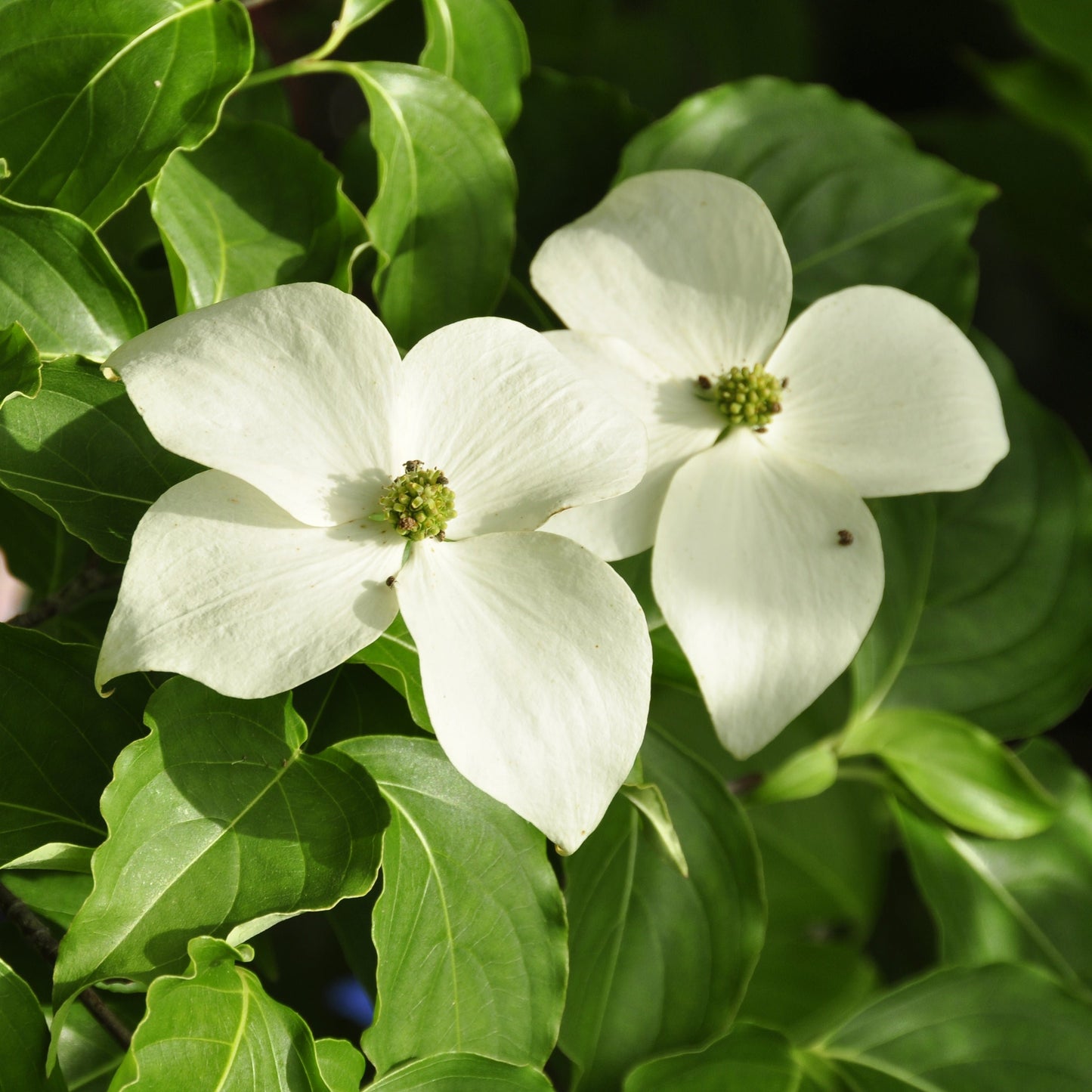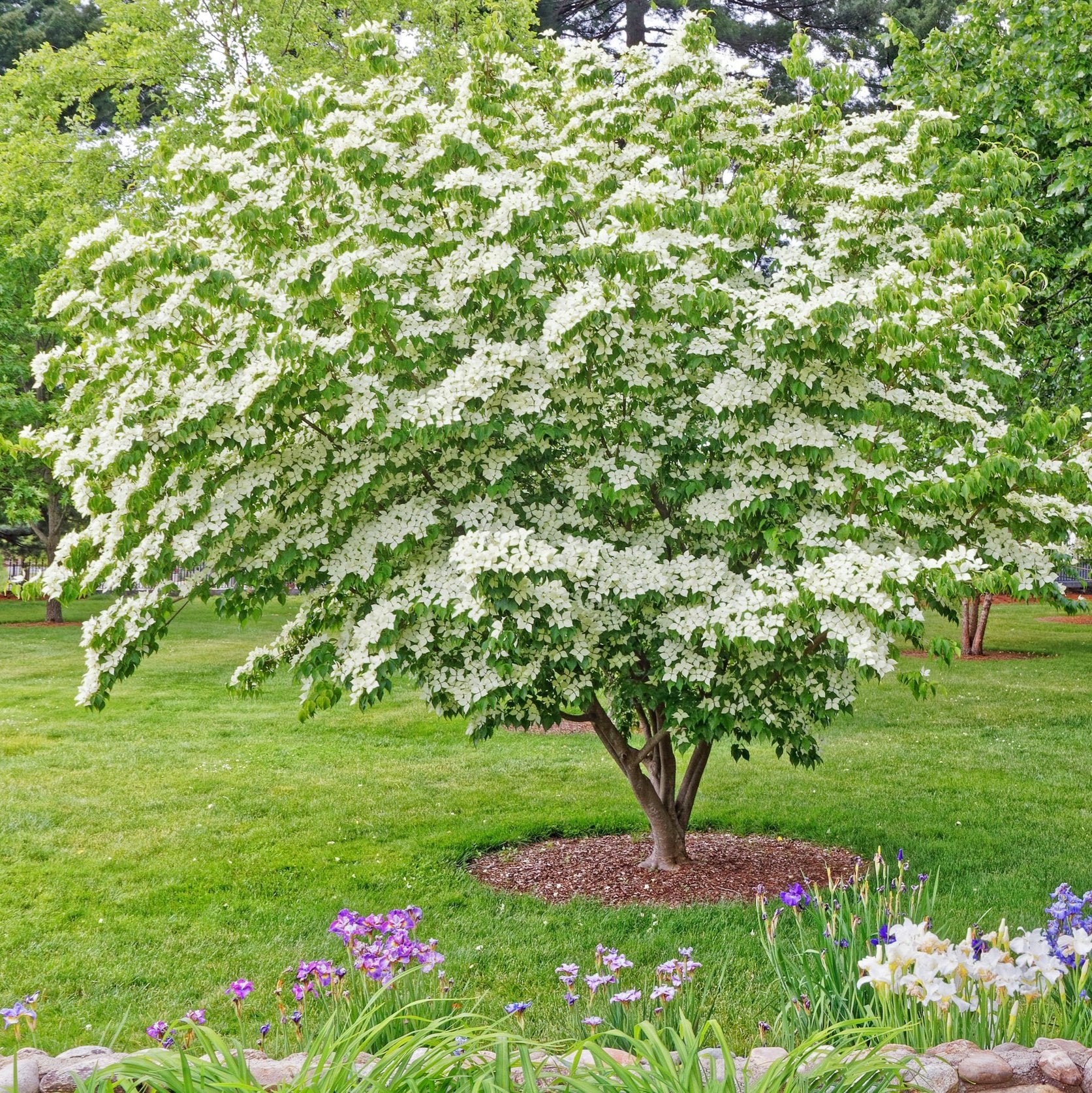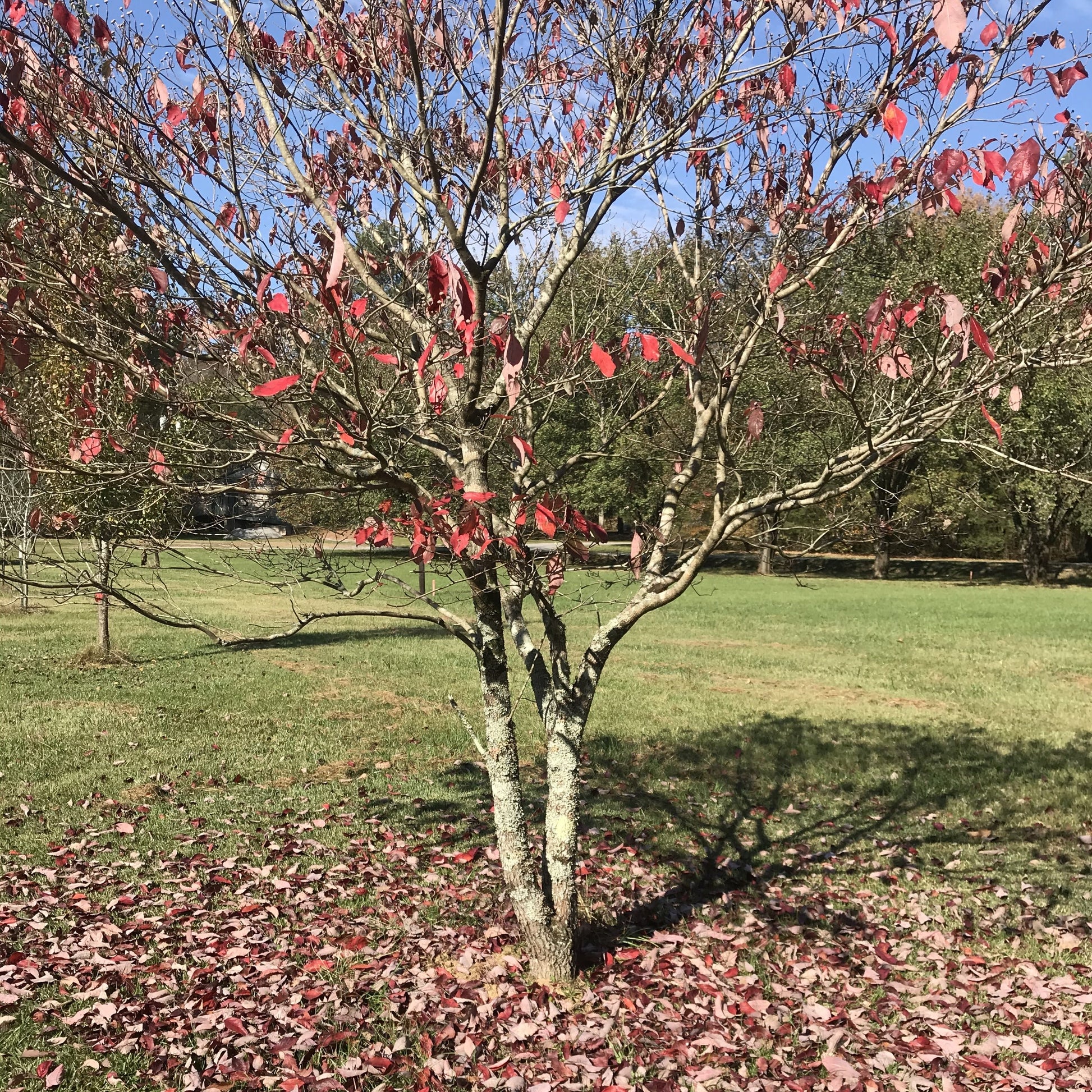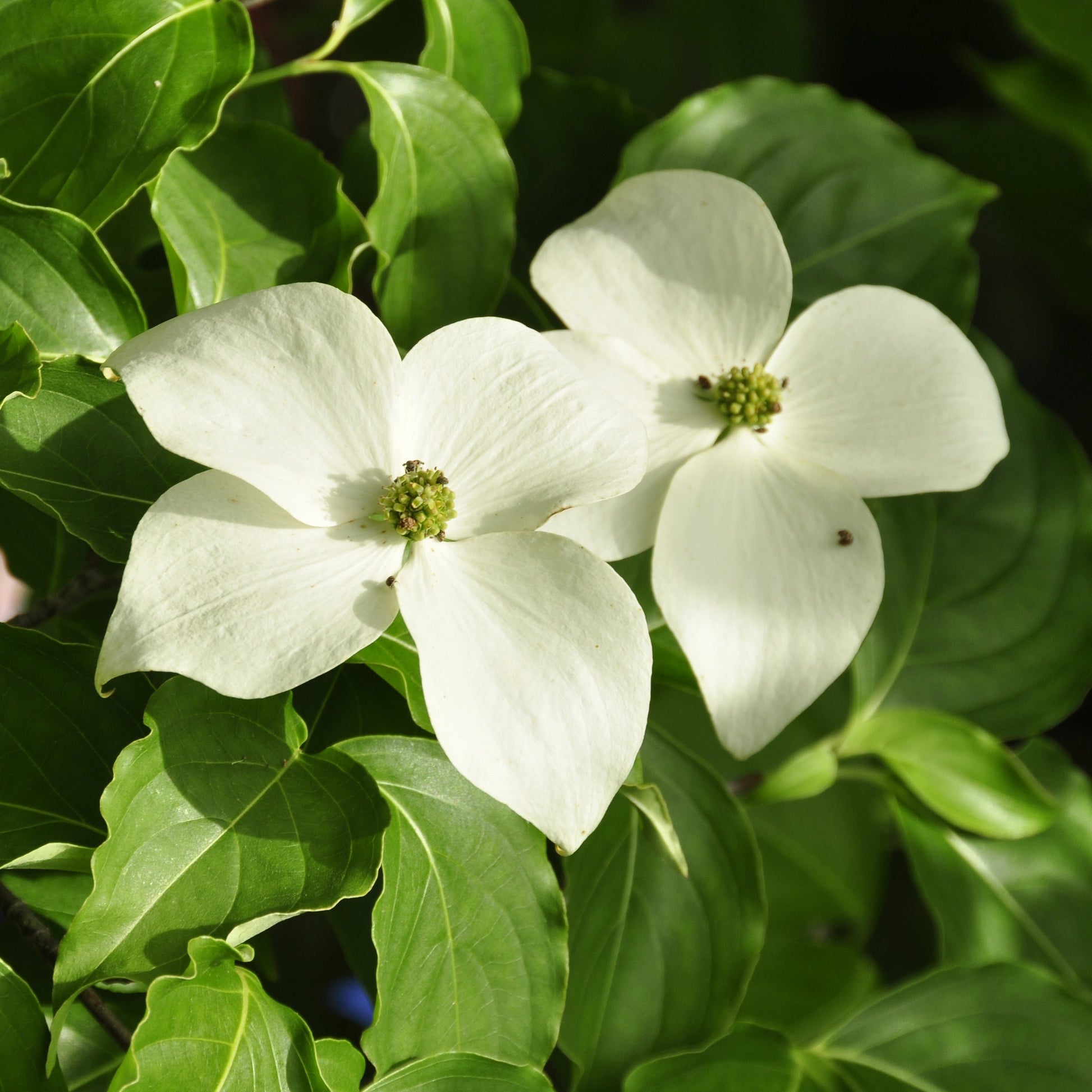Limited Quantities - Reserve Now For Fall
White Dogwood Tree
White Dogwood Tree
Couldn't load pickup availability
Cornus Florida
The White Dogwood Tree is a stunning, ornamental deciduous tree known for its brilliant white spring blooms, vibrant fall foliage, and year-round visual appeal. A beloved native tree, the White Dogwood is a favorite in landscapes for its compact size, ability to attract pollinators, and adaptability to different environments. Whether planted as a specimen tree, in woodland gardens, or along walkways, this graceful tree enhances any space with its beauty and ecological benefits.
White Dogwood Tree
| Attribute | Details |
|---|---|
| Variety | Rooted |
| Botanical Name | Cornus florida |
| Common Names | White Dogwood, Flowering Dogwood, Eastern Dogwood |
| Mature Height | 15-30 feet |
| Mature Width | 15-30 feet |
| Growth Rate | Moderate (1-2 feet per year) |
| Lifespan | 80+ years |
| USDA Hardiness Zones | 5-9 |
| Sun Preference | Full sun to partial shade |
| Soil Type | Well-drained, loamy, sandy, or clay soils |
| Soil pH | Slightly acidic to neutral (5.5-7.0) |
| Water Needs | Moderate; prefers moist, well-drained soil but tolerates short droughts |
| Flowering Season | Spring (April-May) |
| Flower Color | White |
| Fall Foliage | Red to burgundy |
| Wildlife Attraction | Bees, butterflies, birds, small mammals |
| Growth Habit | Upright, spreading, rounded canopy |
| Self-Pollinating? | Yes |
| Landscape Uses | Specimen tree, foundation planting, woodland gardens, pollinator habitat |
| Maintenance Level | Low to moderate |
Environmental Benefits
🌸 Pollinator Haven – Produces nectar-rich flowers that attract bees, butterflies, and hummingbirds, supporting local pollinator populations.
🌳 Air Purification & Carbon Sequestration – Absorbs carbon dioxide and filters air pollutants, making it a great addition to urban landscapes.
🦜 Wildlife Support – Provides berries in fall and winter, feeding birds and small mammals, while its branches offer shelter.
🌱 Erosion Control & Soil Health – Thrives in moist, well-drained soils, helping stabilize landscapes and prevent erosion.
Pros & Cons
| Pros | Cons |
|---|---|
| Stunning white flowers brighten any landscape | Requires consistent watering during dry periods |
| Compact size makes it ideal for small yards | Can be susceptible to powdery mildew if not properly maintained |
| Attracts pollinators and birds, adding ecological value | Prefers acidic soil and may need amendments in alkaline conditions |
| Beautiful red fall foliage adds seasonal interest | Slow initial growth before becoming well-established |
| Can be planted as a single specimen or in groupings | Not as drought-tolerant as some other trees |
Planting & Care Guide (Bare Root)
- Spacing: Plant 15-30 feet apart for full canopy development
- Soaking: Soak bare root in water for 6-12 hours before planting
- Planting Depth: Dig a hole twice the width of the root system, ensuring roots are level with the soil surface
- Mulching: Apply a 2-3 inch layer of mulch to retain moisture and suppress weeds
- Pruning: Minimal pruning required; remove dead branches in late winter or early spring
- Fertilization: Apply a slow-release, balanced fertilizer in early spring to encourage strong growth
- Watering: Water deeply 2-3 times per week during the first year, then reduce as the tree matures
The White Dogwood Tree is a timeless, elegant choice for any landscape, offering year-round beauty, wildlife support, and seasonal interest. Whether used as a specimen tree, in woodland gardens, or along walkways, this low-maintenance and ecologically beneficial tree is a stunning addition to any outdoor space.
Share
